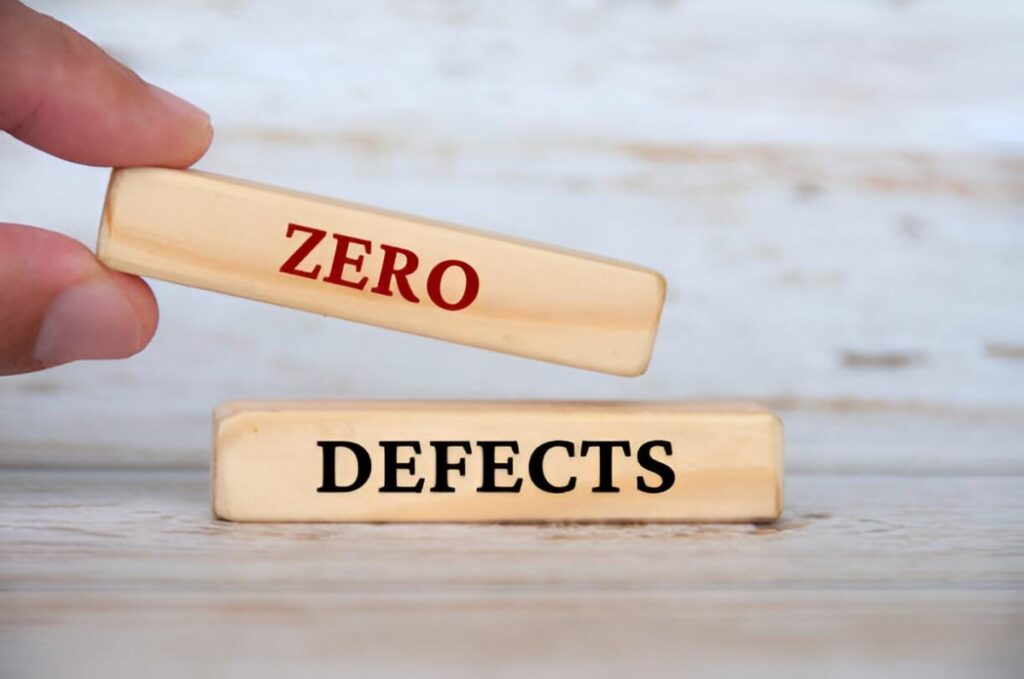Product classification shapes how businesses market, price, and distribute goods. I see many entrepreneurs struggle with this concept, so I want to break it down in a way that makes sense. Whether you sell physical items, digital services, or something in between, knowing your product class gives you an edge.
Table of Contents
Why Product Classification Matters
Every product fits into a category based on consumer behavior, durability, and use. These categories dictate pricing strategies, shelf life, and even tax implications. For example, groceries and luxury cars follow different demand curves. The former is a necessity, while the latter depends on disposable income.
The Core Product Classes
I classify products into four main types:
- Convenience Goods – Everyday items like toothpaste or bread.
- Shopping Goods – Higher-involvement purchases like electronics.
- Specialty Goods – Unique or branded items like designer watches.
- Unsought Goods – Products consumers don’t actively seek, like life insurance.
Each class has distinct marketing needs. Convenience goods rely on widespread distribution, while specialty goods need exclusivity.
Mathematical Modeling of Product Demand
Demand elasticity varies by product class. For convenience goods, demand is relatively inelastic because people buy them regardless of price fluctuations. The formula for price elasticity of demand is:
E_d = \frac{\% \Delta Q_d}{\% \Delta P}Where:
- E_d = Price elasticity of demand
- \% \Delta Q_d = Percentage change in quantity demanded
- \% \Delta P = Percentage change in price
For example, if the price of milk increases by 10% and demand drops by only 2%, the elasticity is:
E_d = \frac{-2\%}{10\%} = -0.2This low elasticity confirms that milk is a necessity.
Comparison of Product Classes
| Product Class | Price Sensitivity | Purchase Frequency | Marketing Focus |
|---|---|---|---|
| Convenience Goods | Low | High | Availability & Branding |
| Shopping Goods | Moderate | Medium | Features & Comparisons |
| Specialty Goods | High | Low | Exclusivity & Quality |
| Unsought Goods | Varies | Rare | Awareness & Persuasion |
Industrial vs. Consumer Products
Businesses also categorize products based on buyers. Consumer products are for personal use, while industrial products serve production needs. Industrial goods include raw materials, machinery, and component parts.
For instance, steel is an industrial product used in construction. Its demand depends on infrastructure projects, not individual preferences. The demand function here is derived from business needs:
Q_d = f(P, I, E)Where:
- Q_d = Quantity demanded
- P = Price
- I = Industrial growth
- E = Economic conditions
The Role of Durability
Another way to classify products is by lifespan:
- Non-durable goods (e.g., food, cosmetics) – Consumed quickly.
- Durable goods (e.g., appliances, cars) – Last years.
- Services (e.g., haircuts, consulting) – Intangible and perishable.
Durability affects inventory management. Non-durable goods need frequent restocking, while durable goods require long-term warranties.
Case Study: Smartphones as Shopping Goods
Take smartphones—they’re shopping goods because consumers compare features before buying. Apple and Samsung compete on specs, not just price. The demand curve for iPhones isn’t linear; it shifts with new releases.
Q_d = a - bP + cAWhere:
- a = Baseline demand
- b = Price sensitivity
- c = Advertising impact
If Apple increases ad spending (A), demand (Q_d) rises even if price (P) stays the same.
The Hidden Impact of Unsought Goods
Products like funeral services or emergency repairs aren’t glamorous, but they’re essential. Marketing these requires education. For example, home insurance becomes relevant only after a disaster, so insurers use fear-based messaging.
Final Thoughts
Understanding product classes helps tailor strategies. If you sell convenience goods, focus on distribution. If you sell specialty goods, emphasize prestige. Industrial goods require relationship-building, while unsought goods need awareness campaigns.





